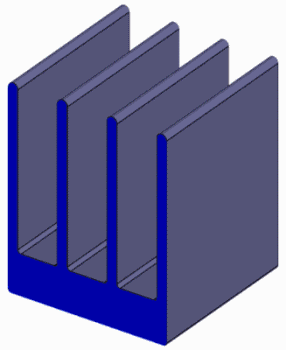-
- Actuators
- Coil Design
- Electromagnetic Brakes & Clutches
- Inductors
- Levitators
- MRI
- Motors
- Alternators and Generators
- Electromagnetic Brakes and Clutches
- Sensors
- Loudspeakers
- Magnetic Encoding
- Relays and Contactors
- Solenoids
- Shielding
- Electromagnets
- Magnetic Bearings
- Magnetic Signatures
- Magnetic Fixtures
- Magnets
- Non Destructive Testing
- Particles
-
- Antenna Radiation Characteristics
- Simulation of an Airplane
- EM Simulation of a Desktop
- EM Compatability and EM Interference
- Cable Junctions and Terminations
- Filters
- Lightning Strikes
- Microwave Circuits
- Microwave Ovens
- MRI
- Near Field Analysis
- Radar Cross Sections
- Radio Frequency Cavities
- Reflector Antennas
- Sensors
- Ultra Wideband Antennas
- Waveguides
- Antennas
High Voltage Bushings Design
INTEGRATED’s suite of CAE software products provides a complete toolbox to simulate high voltage Bushings and other power system components.
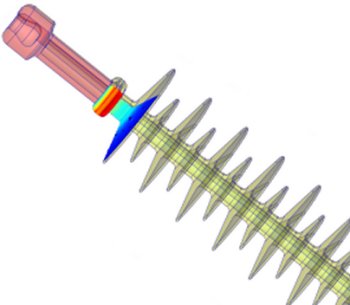
The main features of our software programs that can be applied to various aspects of Bushings design are:
- Mathematical Solver methods optimized for each particular application
- Self-Adaptive meshing plus optional user defined Element Weighting
- Direct import of models from CAD Partners including: Autodesk, PTC, Solid Edge and SolidWorks (also STEP, SAT and openNURBS (.3DM) import from general 3D CAD programs).
- Complete range of analysis results and visualization/export tools.
- Parametric utility for prototype testing and optimization
- API and Scripting for fast automated custom designs
- Partial Discharge (PD) Inception analysis
- Simulation of real world transient test conditions like lightning strikes
- Electric field calculations
- Transmission line parameters
- Effects of pollution layers, water droplets
- Thermal analysis
Our software is the only clear choice for simulating high voltage bushing applications involving the modeling of space around the device: that is what we call “large open regions”.
Electric Field Solvers
Designing high voltage equipment like bushings requires accurate electric field analysis. In practice, this can lead to numerically challenging problems complicated by diverse factors ranging from large open regions to thin layers of contaminates.
Static (DC), phasor (AC) or completely general transient electric fields can be simulated using ELECTRO™ (if 2D or Rotationally Symmetric) or COULOMB™ (where full 3D analysis is required). Both programs can perform electric field simulations using Self-Adaptive Boundary Element Method (BEM) or Finite Element Method (FEM) solvers. BEM is particularly well suited to open region problems (encountered in studies of insulators on transmission towers) and thin layer problems (encountered in studies of insulators contaminated by pollution or water/ice films).
In addition to providing outstanding visualization of voltage gradients and field components, both programs also contain advanced analysis features for calculation of streamlines and partial discharge inception in insulating oils.
Thermal Analysis Software
Temperature limitations of insulating materials often dictate the maximum normal operating ratings of power system components. Similarly, maximum allowable temperature rise under fault conditions can determine the required time settings of protective relays and circuit breakers.
Steady state or transient thermal analysis can be performed by KELVIN™ (if 2D or Rotationally Symmetric) or CELSIUS™ (where full 3D analysis is required). Both programs can be coupled to INTEGRATED’s other field solvers to include heat sources produced by ohmic and dielectric heating, as well as core loss curve calculations.
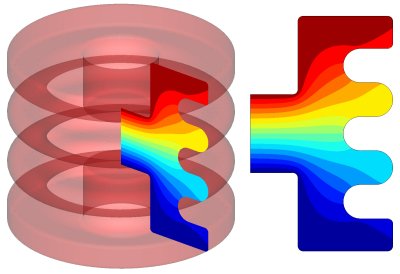
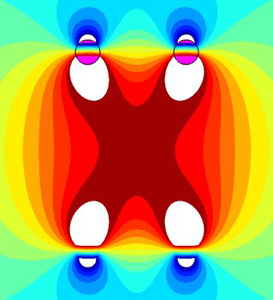
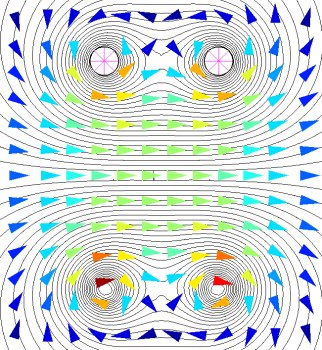
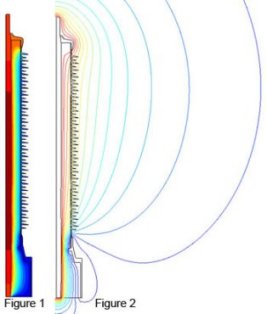
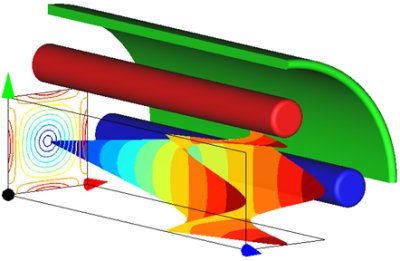
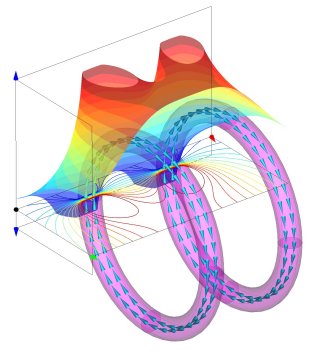
.gif)
